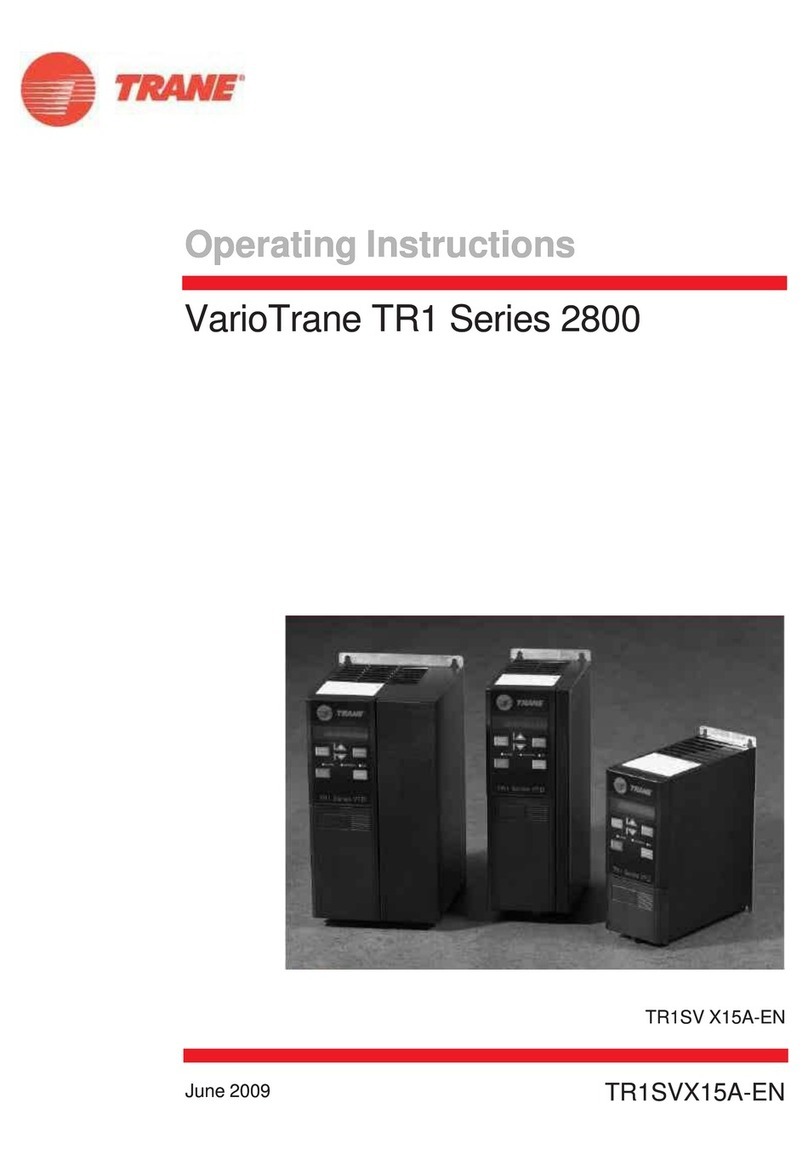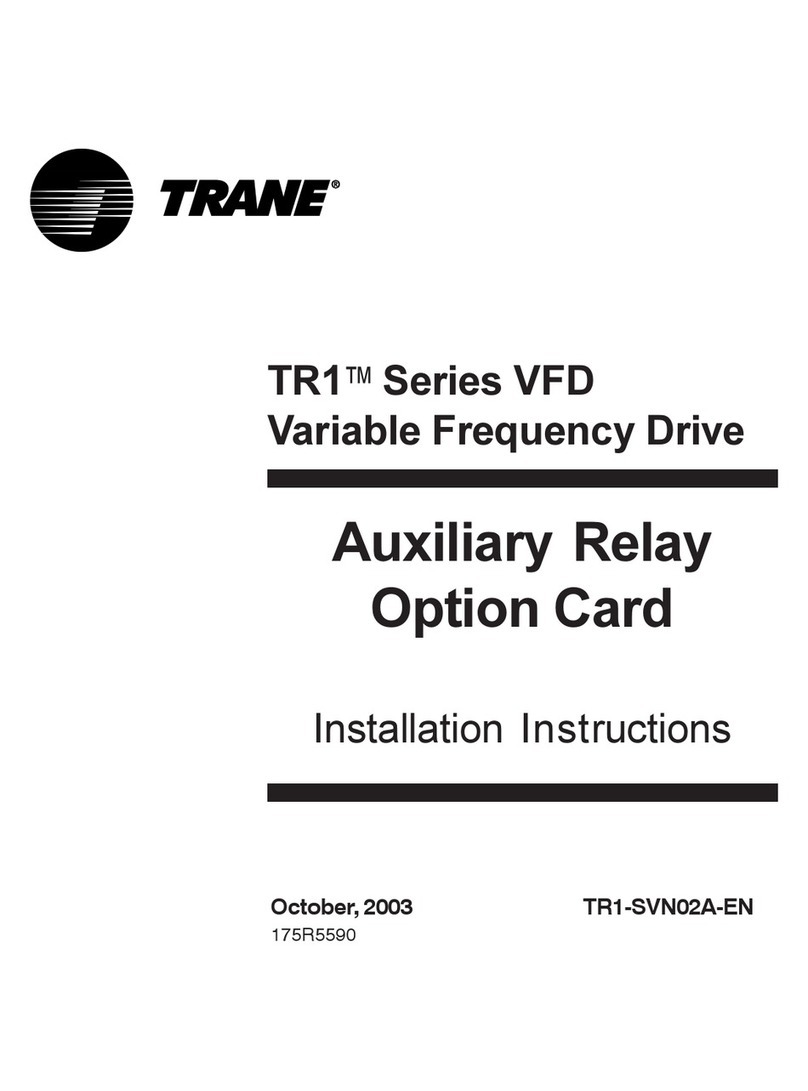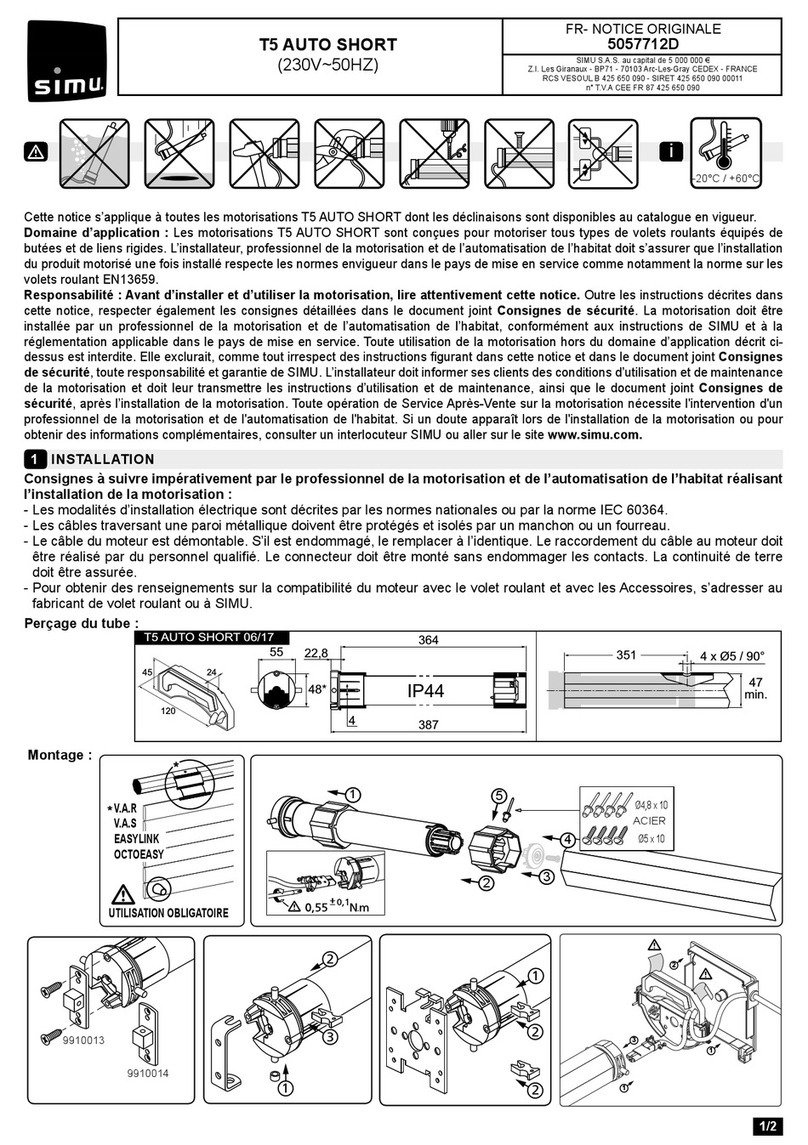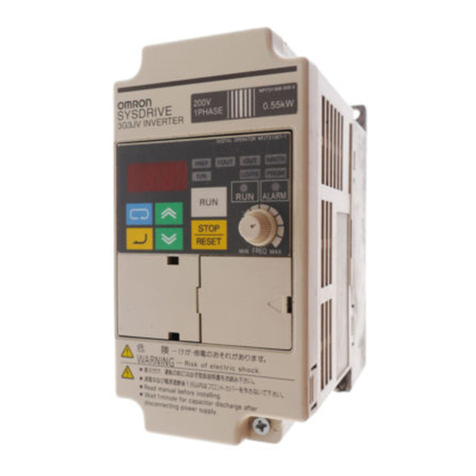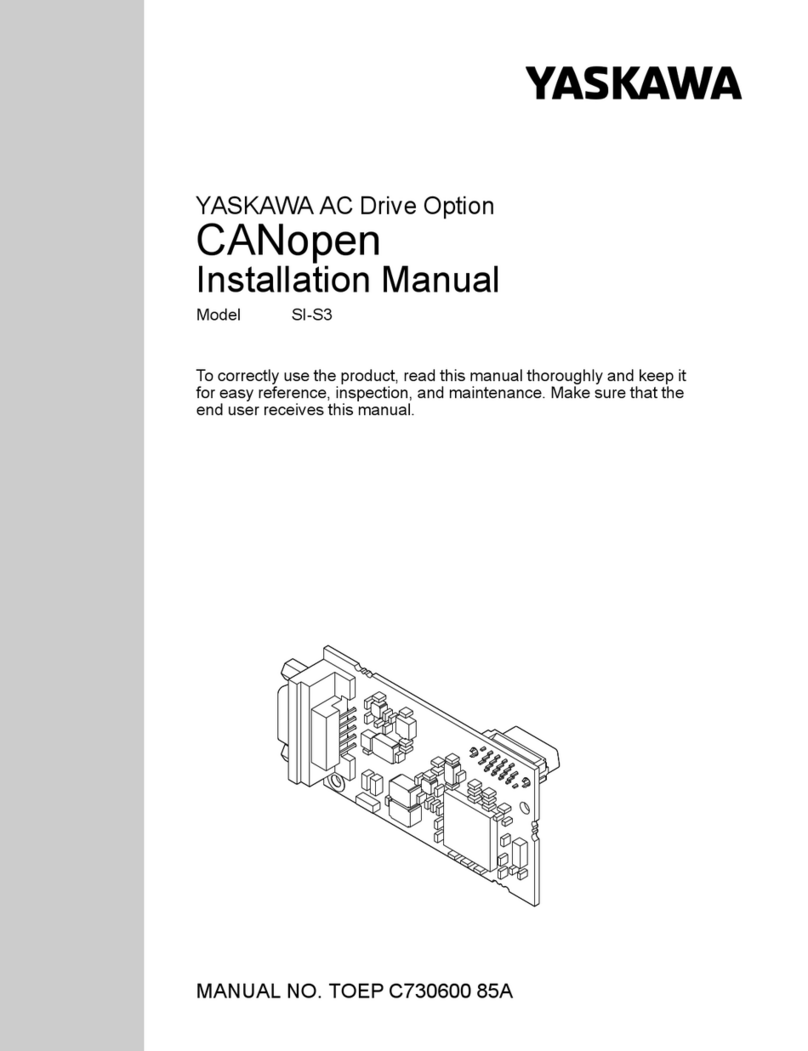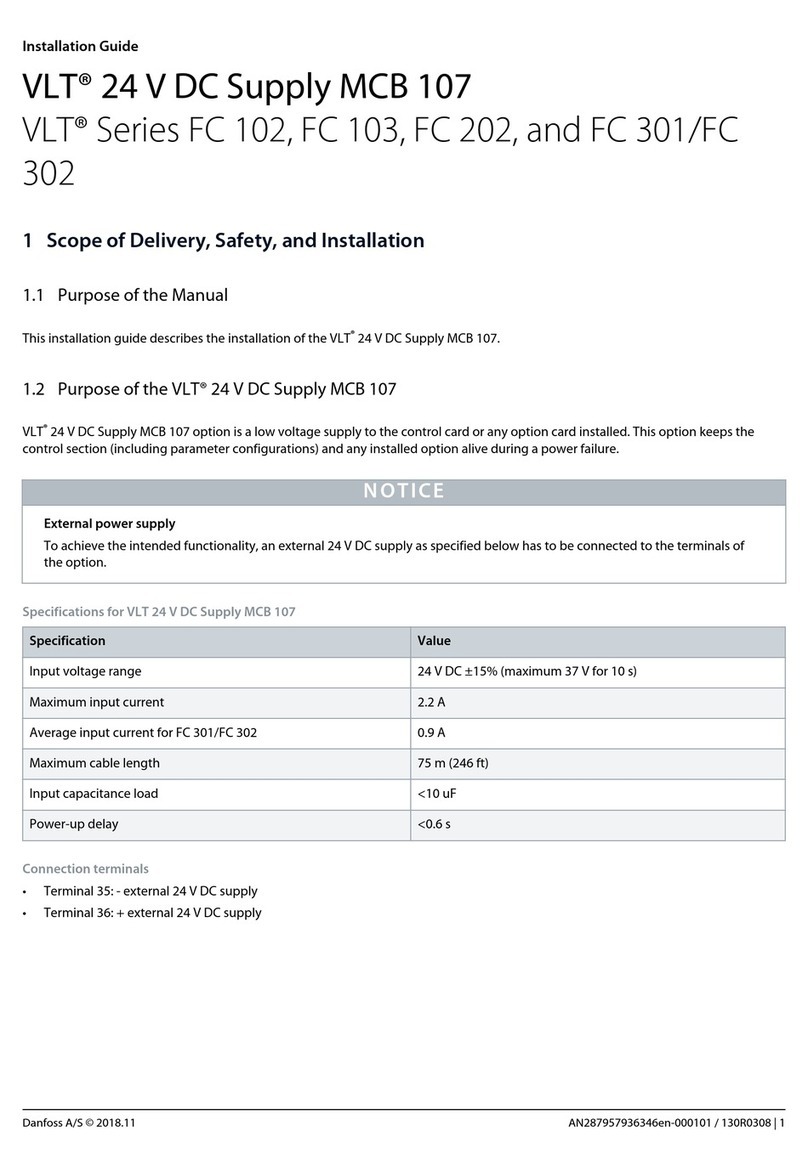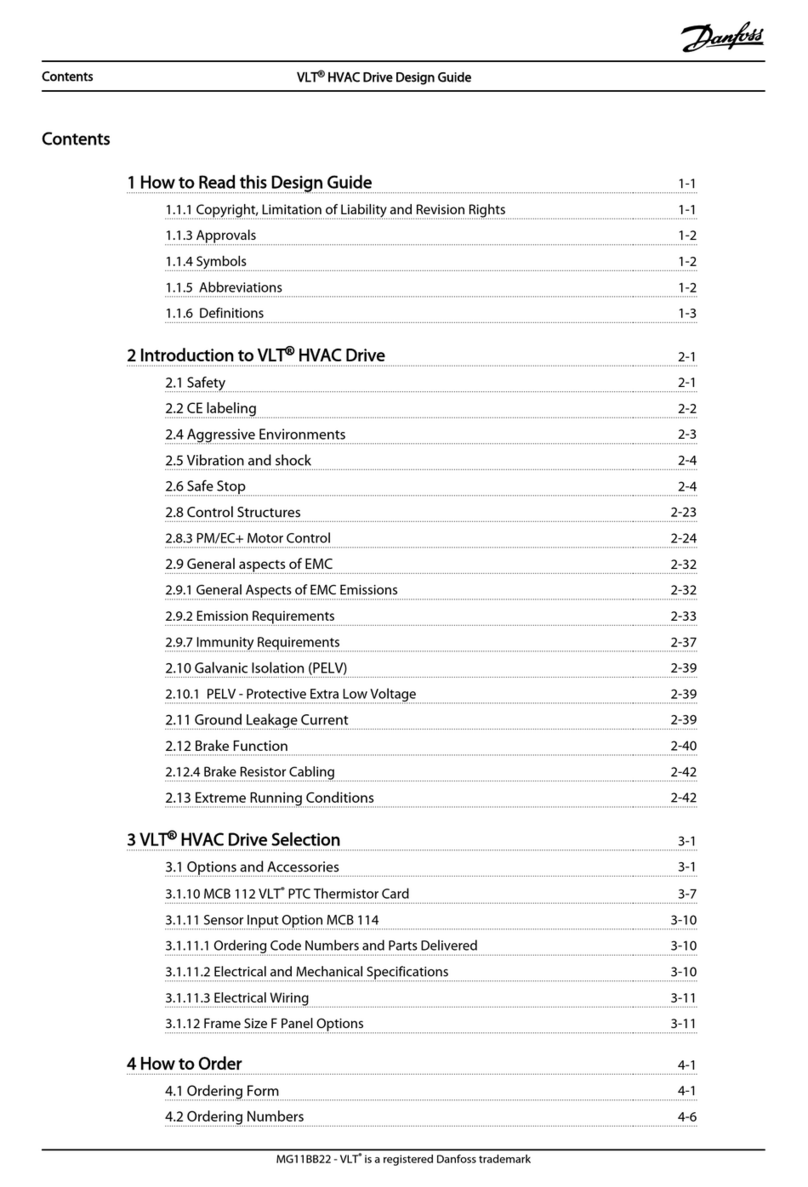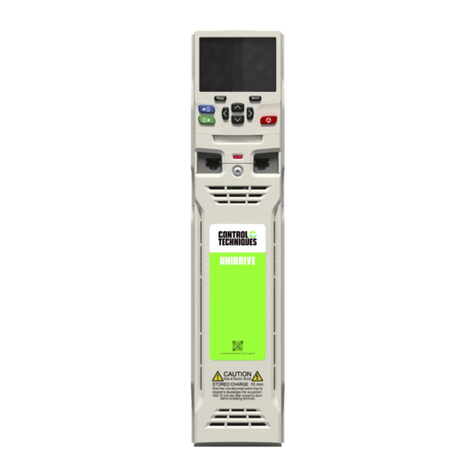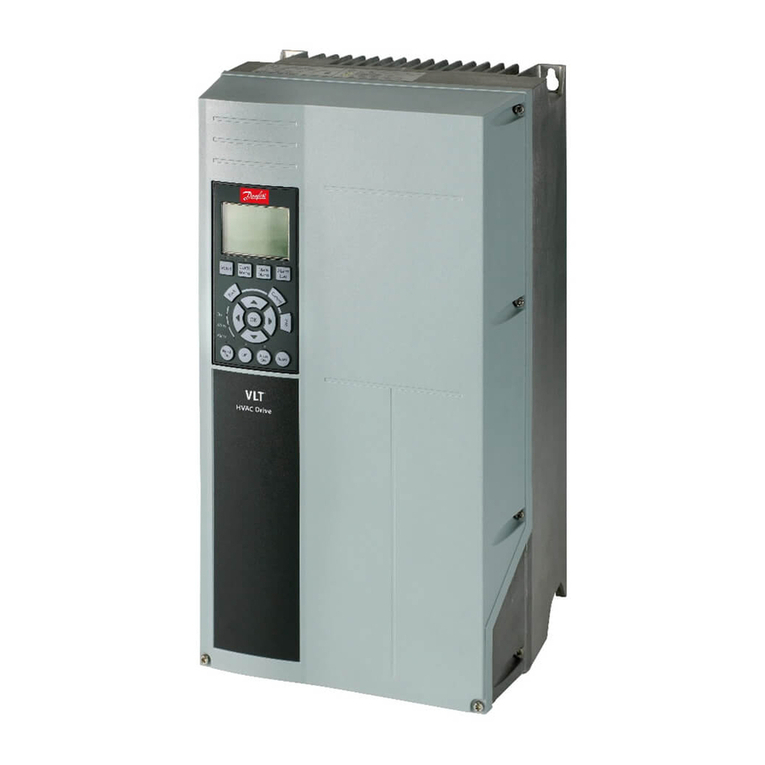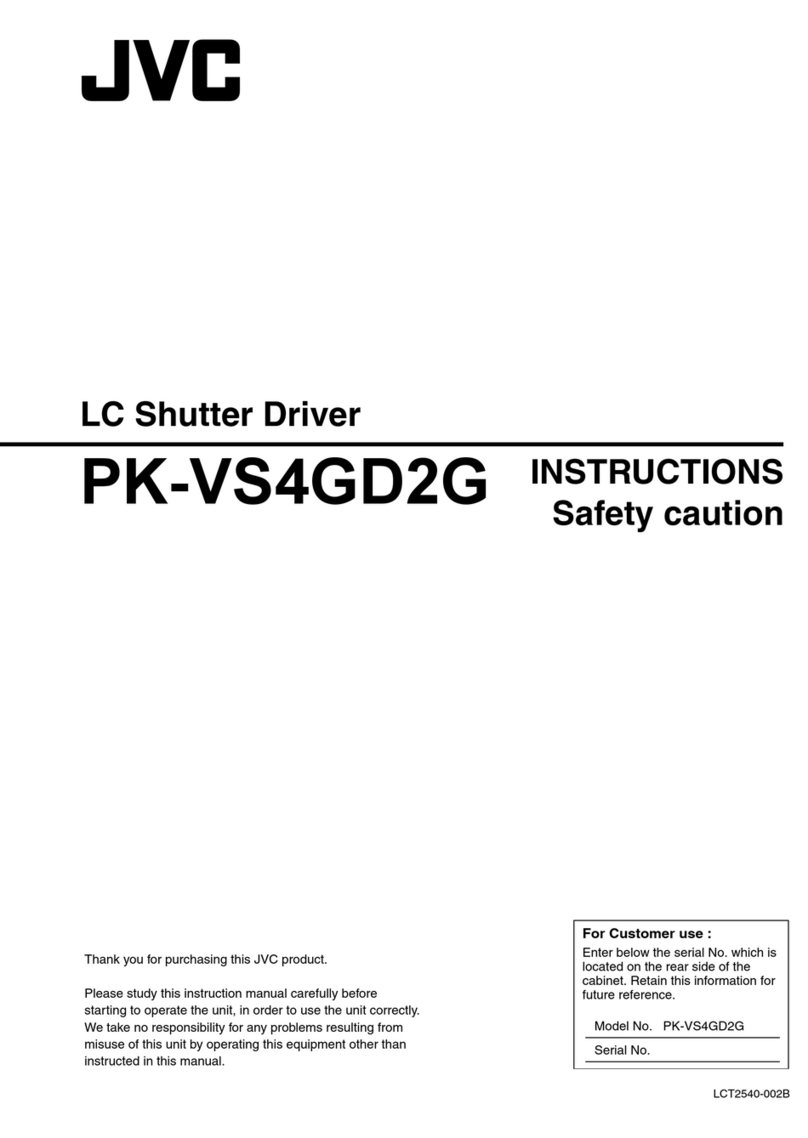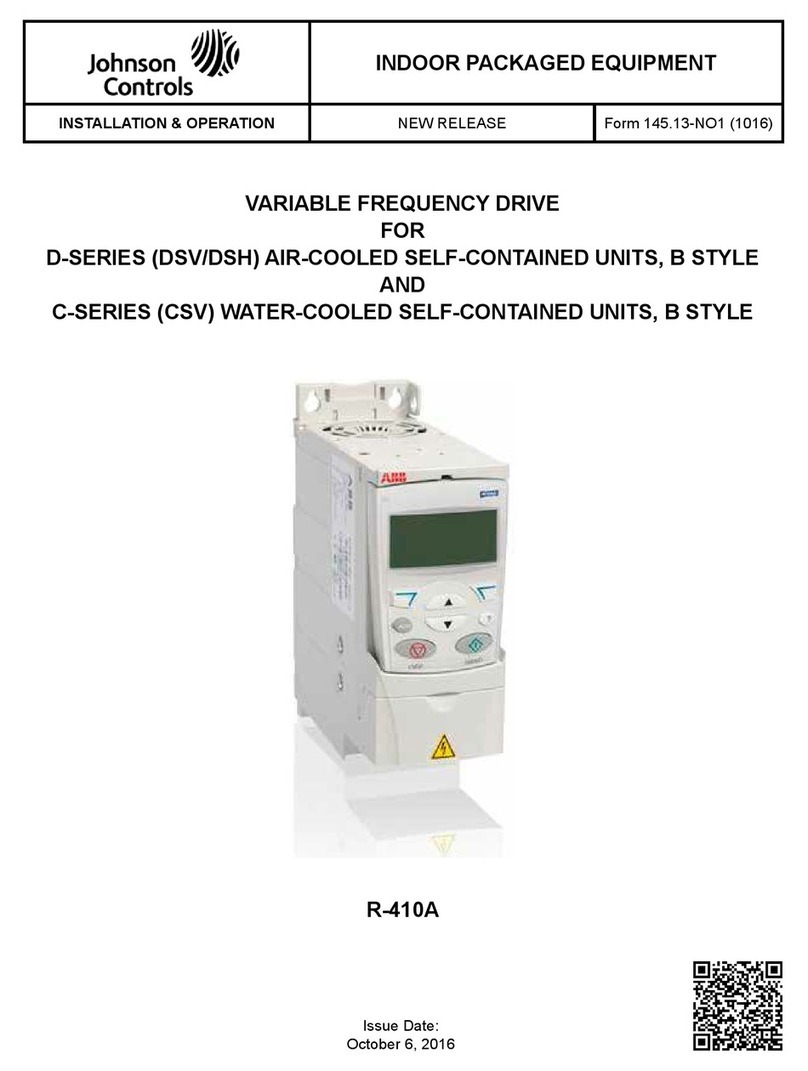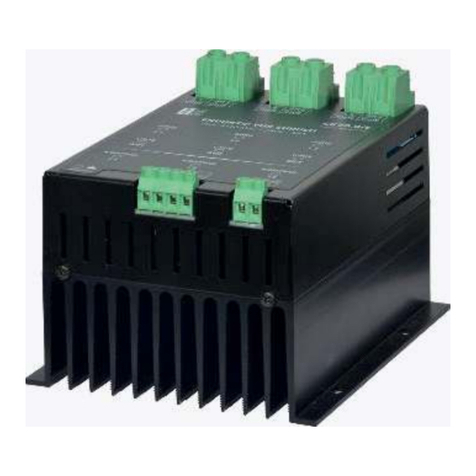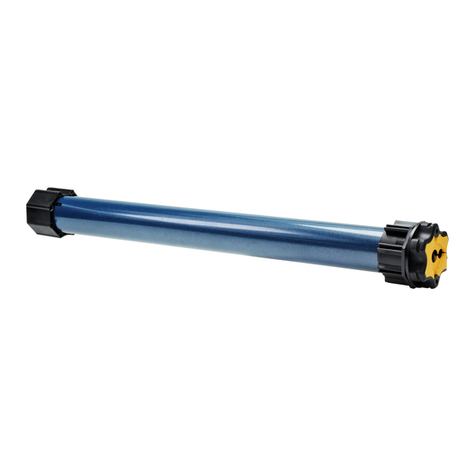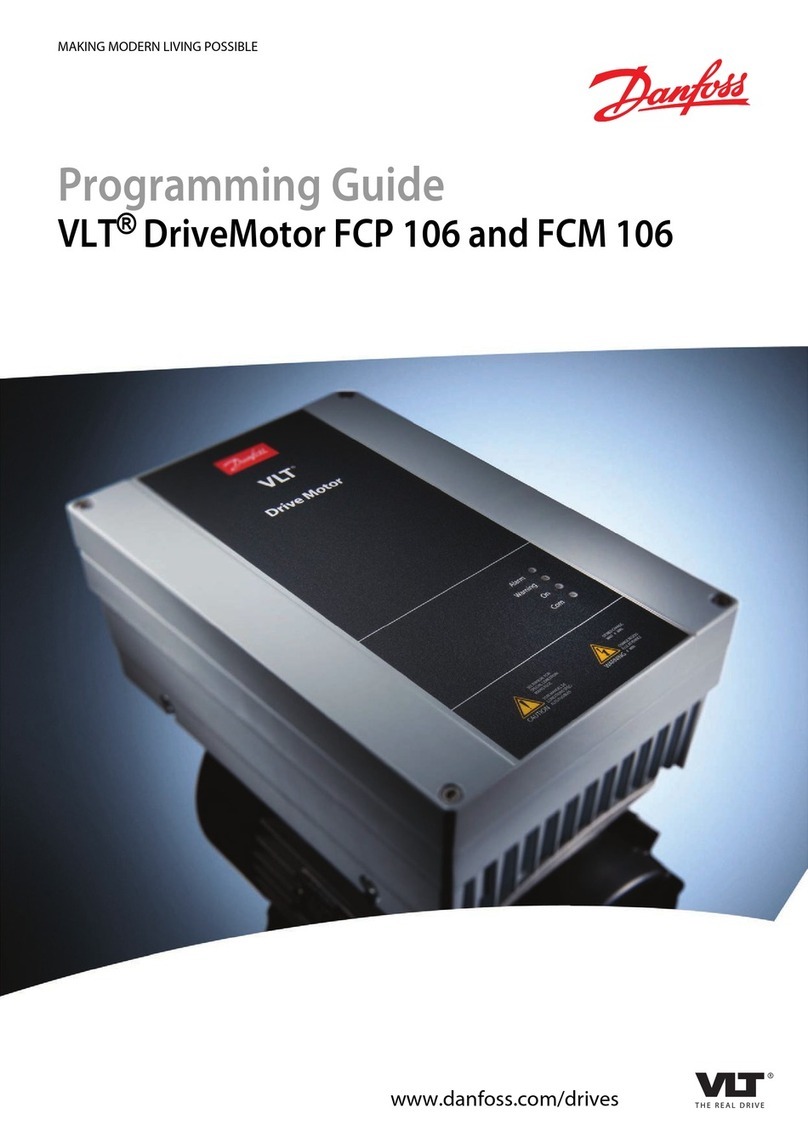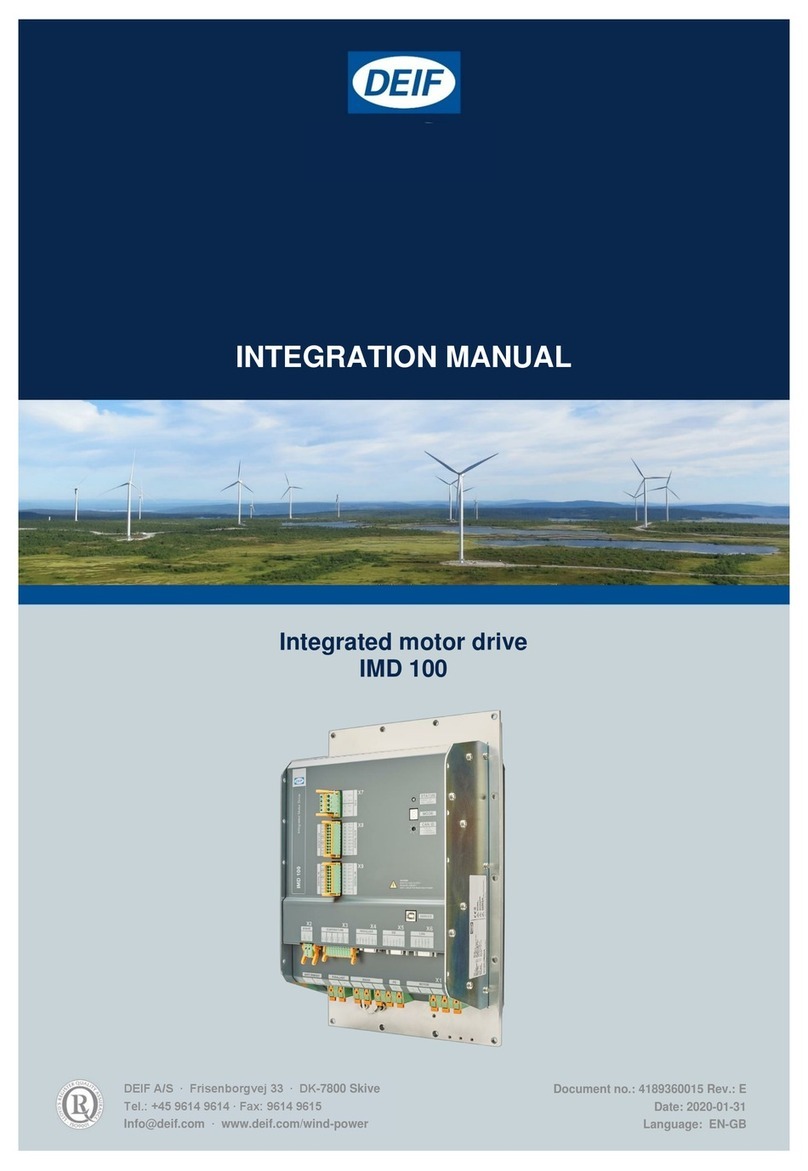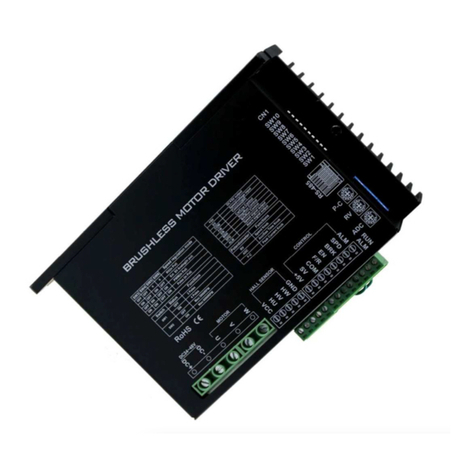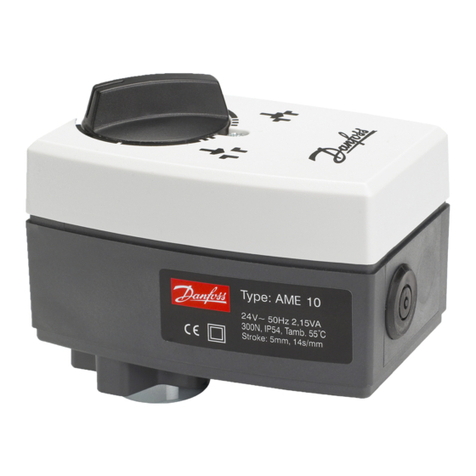Trane TR200 Series User manual

TR200 New D-Frame, 110-400 kW
Operating Instructions
August 2020 BAS-SVX54B-EN
SAFETY WARNING
Only qualified personnel should install and service the equipment. The installation, starting up, and servicing of
heating, ventilating, and air-conditioning equipment can be hazardous and requires specific knowledge and training.
Improperly installed, adjusted or altered equipment by an unqualified person could result in death or serious injury.
When working on the equipment, observe all precautions in the literature and on the tags, stickers, and labels that are
attached to the equipment.

Safety
Safety
WARNING
HIGH VOLTAGE!
Frequency converters contain high voltage when
connected to AC mains input power. Installation, start up,
and maintenance should be performed by qualified
personnel only. Failure to perform installation, start up, and
maintenance by qualified personnel could result in death
or serious injury.
High Voltage
Frequency converters are connected to hazardous mains
voltages. Extreme care should be taken to protect against
shock. Only trained personnel familiar with electronic
equipment should install, start, or maintain this equipment.
WARNING
UNINTENDED START!
When the frequency converter is connected to AC mains,
the motor may start at any time. The frequency converter,
motor, and any driven equipment must be in operational
readiness. Failure to be in operational readiness when the
frequency converter is connected to AC mains could result
in death, serious injury, equipment, or property damage.
Unintended Start
When the frequency converter is connected to the AC
mains, the motor may be started by means of an external
switch, a serial bus command, an input reference signal, or
a cleared fault condition. Use appropriate cautions to
guard against an unintended start.
WARNING
Voltage
[V]
Power range
[kW]
Power range
[HP]
Minimum
waiting time
[min]
3x400 90-250 125-350 20
3x400 110-315 150-450 20
3x500 110-315 150-450 20
3x500 132-355 175-500 20
3x525 75-250 100-350 20
3x525 90-315 125-450 20
3x690 90-250 125-350 20
3x690 110-315 150-450 20
Discharge Time
Approvals
Table 1.2
TR200 D-Frame Operating Instructions Safety
DISCHARGE TIME!
Frequency converters contain DC-link capacitors that can
remain charged even when the frequency converter is not
powered. To avoid electrical hazards, disconnect AC mains,
any permanent magnet type motors, and any remote DC-
link power supplies, including battery backups, UPS and
DC-link connections to other frequency converters. Wait for
the capacitors to fully discharge before performing any
service or repair work. The amount of wait time is listed in
the Discharge Time table. Failure to wait the specified time
after power has been removed before doing service or
repair could result in death or serious injury.
BAS-SVX54B-EN

Safety TR200 D-Frame Operating Instructions
BAS-SVX54B-EN

Contents
1 Introduction
4
1.1 Product Overview 4
1.1.2 Extended Options Cabinets 5
1.2 Purpose of the Manual 5
1.3 Additional Resources 6
1.4 Product Overview 6
1.5 Internal Controller Functions 6
1.6 Frame Sizes and Power Ratings 7
2 Installation
8
2.1 Planning the Installation Site 8
2.2 Pre-Installation Check List 8
2.3 Mechanical Installation 8
2.3.1 Cooling 8
2.3.2 Lifting 9
2.3.3 Wall Mounting - IP21 (NEMA 1) and IP54 (NEMA 12) Units 9
2.4 Electrical Installation 10
2.4.1 General Requirements 10
2.4.2 Earth (Grounding) Requirements 13
2.4.2.1 Leakage Current (>3.5 mA) 13
2.4.2.2 Earthing (Grounding) IP20 Enclosures 14
2.4.2.3 Earthing (Grounding) IP21/54 Enclosures 14
2.4.3 Motor Connection 14
2.4.3.1 Terminal Locations: D1h-D4h 15
2.4.3.2 Terminal Locations: D5h-D8h 18
2.4.4 Motor Cable 26
2.4.5 Motor Rotation Check 26
2.4.6 AC Mains Connection 26
2.5 Control Wiring Connection 27
2.5.1 Access 27
2.5.2 Using Screened Control Cables 27
2.5.3 Earthing (Grounding) of Screened Control Cables 27
2.5.4 Control Terminal Types 28
2.5.5 Wiring to Control Terminals 29
2.5.6 Control Terminal Functions 29
2.6 Serial Communication 29
2.7 Optional Equipment 30
2.7.1 Load Share Terminals 30
2.7.2 Regeneration Terminals 30
TR200 D-Frame Operating Instructions Contents
BAS-SVX54B-EN
1

2.7.3 Anti-condensation Heater 30
2.7.4 Brake Chopper 30
2.7.5 Mains Shield 30
2.7.6 Mains Disconnect 30
2.7.7 Contactor 30
2.7.8 Circuit Breaker 31
3 Start Up and Commissioning
32
3.1 Pre-start 32
3.2 Applying Power 33
3.3 Basic Operational Programming 33
3.4 Local-control Test 34
3.5 System Start Up 35
4 User Interface
36
4.1 Local Control Panel 36
4.1.1 LCP Layout 36
4.1.2 Setting LCP Display Values 37
4.1.3 Display Menu Keys 37
4.1.4 Navigation Keys 38
4.1.5 Operation Keys 38
4.2 Back Up and Copying Parameter Settings 38
4.2.1 Uploading Data to the LCP 39
4.2.2 Downloading Data from the LCP 39
4.3 Restoring Default Settings 39
4.3.1 Recommended Initialisation 39
4.3.2 Manual Initialisation 39
5 Programming
40
5.1 Introduction 40
5.2 Programming Example 40
5.3 Control Terminal Programming Examples 42
5.4 International/North American Default Parameter Settings 42
5.5 Parameter Menu Structure 43
5.6 Remote Programming with Trane Drive Utility (TDU) 48
6 Application Examples
49
6.1 Introduction 49
6.2 Application Examples 49
7 Status Messages
54
7.1 Status Display 54
Contents TR200 D-Frame Operating Instructions
2
BAS-SVX54B-EN

7.2 Status Message Definitions Table 54
8 Warnings and Alarms
57
8.1 System Monitoring 57
8.2 Warning and Alarm Types 57
8.2.1 Warnings 57
8.2.2 Alarm Trip 57
8.2.3 Alarm Trip-lock 57
8.3 Warning and Alarm Displays 57
8.4 Warning and Alarm Definitions 58
8.5 Fault Messages 60
9 Basic Troubleshooting
67
9.1 Start Up and Operation 67
10 Specifications
70
10.1 Power-dependent Specifications 70
10.2 General Technical Data 73
10.3 Fuse Tables 77
10.3.1 Protection 77
10.3.2 Fuse Selection 77
10.3.3 Short Circuit Current Rating (SCCR) 78
10.3.4 Connection Tightening Torques 78
Index
79
TR200 D-Frame Operating Instructions Contents
BAS-SVX54B-EN
3

1Introduction
1.1 Product Overview
1.1.1 Interior Views
Illustration 1.1 D1 Interior Components
Illustration 1.2 Close-up View: LCP and Control Functions
1 LCP (Local Control Panel) 9 Relay 2 (04, 05, 06)
2 RS-485 serial bus connector 10 Lifting ring
3 Digital I/O and 24 V power supply 11 Mounting slot
4 Analog I/O connector 12 Cable clamp (PE)
5 USB connector 13 Earth (ground)
6 Serial bus terminal switch 14 Motor output terminals 96 (U), 97 (V), 98 (W)
7 Analog switches (A53), (A54) 15 Mains input terminals 91 (L1), 92 (L2), 93 (L3)
8 Relay 1 (01, 02, 03) 16 TB5 (IP21/54 only). Terminal block for anti-condensation heater
Table 1.1
NOTE
For location of TB6 (terminal block for contactor), see
2.4.3.2 Terminal Locations: D5h-D8h.
Introduction TR200 D-Frame Operating Instructions
4
BAS-SVX54B-EN

1.1.2 Extended Options Cabinets
If a frequency converter is ordered with one of the
following options, it is supplied with an options cabinet
that makes it taller.
•
Brake chopper
•
Mains disconnect
•
Contactor
•
Mains disconnect with contactor
•
Circuit breaker
Illustration 1.3 shows an example of a frequency converter
with an options cabinet. Table 1.2 lists the variants for the
frequency converters that include input options.
Illustration 1.3 D7h Enclosure
Options unit
designations
Extension cabinets Possible options
D5h D1h enclosure with
short extension
Brake, Disconnect
D6h D1h enclosure with tall
extension
Contactor, Contactor
with Disconnect,
Circuit Breaker
D7h D2h enclosure with
short extension
Brake, Disconnect
D8h D2h enclosure with tall
extension
Contactor, Contactor
with Disconnect,
Circuit Breaker
Table 1.2
The D7h and D8h frequency converters (D2h plus options
cabinet), include a 200 mm pedestal for floor mounting.
There is a safety latch on the front cover of the options
cabinet. If the frequency converter is supplied with a mains
disconnect or circuit breaker, the safety latch prevents the
cabinet door from being opened while the frequency
converter is energized. Before opening the door of the
frequency converter, the disconnect or circuit breaker must
be opened (to de-energize the frequency converter) and
the cover of the options cabinet must be removed.
For frequency converters purchased with a disconnect,
contactor or circuit breaker, the name plate label includes
a type code for a replacement that does not include the
option. If there is a problem with the frequency converter,
it is replaced independent of the options.
Refer to 2.7 Optional Equipment for more detailed
descriptions of the input options and other options that
may be added to the frequency converter.
1.2 Purpose of the Manual
This manual is intended to provide detailed information for
the installation and start up of the frequency converter.
Chapter 2 Installation provides requirements for mechanical
and electrical installation, including input, motor, control
and serial communications wiring and control terminal
functions. Chapter 3 Start Up and Commissioning provides
detailed procedures for start up, basic operational
programming, and functional testing. The remaining
chapters provide supplementary details. These details
include user interface, detailed programming, application
examples, start-up troubleshooting, and specifications.
TR200 D-Frame Operating Instructions Introduction
BAS-SVX54B-EN
5

1.3 Additional Resources
Other resources are available to understand advanced
frequency converter functions and programming.
•
The TR200 Programming Guide provides greater
detail on working with parameters and many
application examples.
•
The TR200 Design Guide is intended to provide
detailed capabilities and functionality to design
motor control systems.
•
Optional equipment is available that may change
some of the procedures described. Reference the
instructions supplied with those options for
specific requirements.
1.4 Product Overview
A frequency converter is an electronic motor controller
that converts AC mains input into a variable AC waveform
output. The frequency and voltage of the output are
regulated to control the motor speed or torque. The
frequency converter can vary the speed of the motor in
response to system feedback, such as position sensors on a
conveyor belt. The frequency converter can also regulate
the motor by responding to remote commands from
external controllers.
In addition, the frequency converter monitors the system
and motor status, issues warnings or alarms for fault
conditions, starts and stops the motor, optimizes energy
efficiency, and offers many more control, monitoring, and
efficiency functions. Operation and monitoring functions
are available as status indications to an outside control
system or serial communication network.
1.5 Internal Controller Functions
Illustration 1.4 is a block diagram of the frequency
converter's internal components. See Table 1.3 for their
functions.
Illustration 1.4 Frequency Converter Block Diagram
Area Title Functions
1Mains input
•
Three-phase AC mains power
supply to the frequency
converter
2Rectifier
•
The rectifier bridge converts
the AC input to DC current to
supply inverter power
3DC bus
•
Intermediate DC-bus circuit
handles the DC current
4DC reactors
•
Filter the intermediate DC
circuit voltage
•
Prove line transient protection
•
Reduce RMS current
•
Raise the power factor
reflected back to the line
•
Reduce harmonics on the AC
input
5 Capacitor bank
•
Stores the DC power
•
Provides ride-through
protection for short power
losses
6Inverter
•
Converts the DC into a
controlled PWM AC waveform
for a controlled variable
output to the motor
7 Output to motor
•
Regulated three-phase output
power to the motor
8 Control circuitry
•
Input power, internal
processing, output, and motor
current are monitored to
provide efficient operation
and control
•
User interface and external
commands are monitored and
performed
•
Status output and control can
be provided
Table 1.3 Legend to Illustration 1.4
Introduction TR200 D-Frame Operating Instructions
6
BAS-SVX54B-EN

1.6 Frame Sizes and Power Ratings
kW Normal Overload 90 110 132 160 200 250 315 355 400
400 V D3h D3h D3h D4h D4h D4h
500 V D3h D3h D3h D4h D4h D4h
525 V D3h D3h D3h D4h D4h D4h D4h
690 V D3h D3h D3h D4h D4h D4h D4h
Table 1.4 kW Rated Frequency Converters
HP Normal Overload 125 150 200 250 300 350 400 450
460 V D3h D3h D3h D4h D4h D4h
575 V D3h D3h D3h D4h D4h D4h D4h
Table 1.5 HP Rated Frequency Converters
TR200 D-Frame Operating Instructions Introduction
BAS-SVX54B-EN
7

2 Installation
2.1 Planning the Installation Site
NOTE
Before performing the installation it is important to plan
the installation of the frequency converter. Neglecting this
may result in extra work during and after installation.
Failure to follow recommendations could result in
equipment or property damage.
Select the best possible operation site by considering the
following (see details on the following pages and the
respective Design Guides):
•
Ambient operating temperature
•
Installation method
•
How to cool the unit
•
Position of the frequency converter
•
Cable routing
•
Ensure the power source supplies the correct
voltage and necessary current
•
Ensure that the motor current rating is within the
maximum current from the frequency converter
•
If the frequency converter is without built-in
fuses, ensure that the external fuses are rated
correctly
Voltage [V] Altitude restrictions
380-500 At altitudes above 3 km, contact Technical Support
regarding PELV
525-690 At altitudes above 2 km, contact Technical Support
regarding PELV
Table 2.1 Installation in High Altitudes
2.2 Pre-Installation Check List
•
Before unpacking the frequency converter, ensure
the packaging is intact. If any damage has
occurred, immediately contact the shipping
company to claim the damage.
•
Before unpacking the frequency converter, locate
it as close as possible to the final installation site
•
Compare the model number on the nameplate to
what was ordered to verify the proper equipment
•
Ensure each of the following are rated for the
same voltage:
•
Mains (power)
•
Frequency converter
•
Motor
•
Ensure that frequency converter output current
rating is equal to or greater than motor full load
current for peak motor performance
•
Motor size and frequency converter
power must match for proper overload
protection
•
If frequency converter rating is less than
motor, full motor output cannot be
achieved
2.3 Mechanical Installation
2.3.1 Cooling
•
Top and bottom clearance for air cooling must be
provided. Generally, 225 mm (9 in) is required.
•
Improper mounting can result in over heating
and reduced performance
•
Derating for temperatures starting between 45 °C
(113 °F) and 50 °C (122 °F) and elevation 1000 m
(3300 ft) above sea level must be considered. See
TR200 Design Guide for detailed information.
The high power frequency converters utilise a back-
channel cooling concept that removes heatsink cooling air,
which carries approximately 90% of the heat out of the
back channel of the frequency converters. The back-
channel air can be redirected from the panel or room
using one of the kits below.
Duct cooling
A back-channel cooling kit is available to direct the
heatsink cooling air out of the panel when an IP20/chassis
frequency converters is installed in a Rittal enclosure. Use
of this kit reduces the heat in the panel and smaller door
fans can be specified on the enclosure.
Cooling out the back (top and bottom covers)
The back channel cooling air can be ventilated out of the
room so that the heat from the back channel is not
dissipated into the control room.
A door fan(s) is required on the enclosure to remove the
heat not contained in the backchannel of the frequency
converters and any additional losses generated by other
components inside the enclosure. The total required air
flow must be calculated so that the appropriate fans can
be selected.
Installation TR200 D-Frame Operating Instructions
8
BAS-SVX54B-EN

Airflow
The necessary airflow over the heat sink must be secured.
The flow rate is shown in Table 2.2.
The fan runs for the following reasons:
•
AMA
•
DC Hold
•
Pre-Mag
•
DC Brake
•
60% of nominal current is exceeded
•
Specific heatsink temperature exceeded (power
size dependent)
•
Specific Power Card ambient temperature
exceeded (power size dependent)
•
Specific Control Card ambient temperature
exceeded
Frame Door fan/top fan Heatsink fan
D1h/D3h 102 m
3
/hr (60 CFM) 420 m
3
/hr (250 CFM)
D2h/D4h 204 m
3
/hr (120 CFM) 840 m
3
/hr (500 CFM)
Table 2.2 Airflow
Illustration 2.1 Recommended Lifting Method
2.3.3 Wall Mounting - IP21 (NEMA 1) and
IP54 (NEMA 12) Units
Consider the following before selecting the final instal-
lation site:
•
Free space for cooling
•
Access to open the door
•
Cable entry from the bottom
TR200 D-Frame Operating Instructions Installation
2.3.2 Lifting
Improper Unit Lift!
Test lift unit approximately 24 inches to verify proper
center of gravity lift point. To avoid dropping of unit,
reposition lifting point if unit is not level. Failure to
properly lift unit could result in unit dropping and possibly
crushing operator/technician which could result in death
or serious injury and possible equipment or property-only
damage.
Always lift the frequency converter using the dedicated
lifting eyes. Use a bar to avoid bending the lifting holes.
CAUTION
The angle from the top of the frequency converter to the
lifting cables should be 60° or greater.
BAS-SVX54B-EN
9

2.4 Electrical Installation
2.4.1 General Requirements
This section contains detailed instructions for wiring the
frequency converter. The following tasks are described:
•
Wiring the motor to the frequency converter
output terminals
•
Wiring the AC mains to the frequency converter
input terminals
•
Connecting control and serial communication
wiring
•
After power has been applied, checking input
and motor power; programming control terminals
for their intended functions
WARNING
EQUIPMENT HAZARD!
Rotating shafts and electrical equipment can be hazardous.
All electrical work must conform to national and local
electrical codes. It is strongly recommended that instal-
lation, start up, and maintenance be performed only by
trained and qualified personnel. Failure to follow these
guidelines could result in death or serious injury.
CAUTION
WIRING ISOLATION!
Run input power, motor wiring and control wiring in three
separate metallic conduits or use separated shielded cable
for high frequency noise isolation. Failure to isolate power,
motor and control wiring could result in less than
optimum frequency converter and associated equipment
performance.
Installation TR200 D-Frame Operating Instructions
10
BAS-SVX54B-EN

Illustration 2.2 Interconnect Diagram
TR200 D-Frame Operating Instructions Installation
BAS-SVX54B-EN
11

For your safety, comply with the following requirements
•
Electronic controls equipment is connected to
hazardous mains voltage. Extreme care should be
taken to protect against electrical hazards when
applying power to the unit.
•
Run motor cables from multiple frequency
converters multiple frequency converters
separately. Induced voltage from output motor
cables run together can charge equipment
capacitors even with the equipment turned off
and locked out.
•
Field wiring terminals are not intended to receive
a conductor one size larger.
Overload and Equipment Protection
•
An electronically activated function within the
frequency converter provides overload protection
for the motor. The overload calculates the level of
increase to activate timing for the trip (controller
output stop) function. The higher the current
draw, the quicker the trip response. The overload
provides Class 20 motor protection. See
Chapter8 Warnings and Alarms for details on the
trip function.
•
Because the motor wiring carries high frequency
current, it is important that wiring for mains,
motor power, and control are run separately. Use
metallic conduit or separated shielded wire. See
Illustration 2.3. Failure to isolate power, motor,
and control wiring could result in less than
optimum equipment performance.
•
All frequency converters must be provided with
short-circuit and over-current protection. Input
fusing is required to provide this protection, see
Illustration 2.4. If not factory supplied, fuses must
be provided by the installer as part of installation.
See maximum fuse ratings in 10.3.1 Protection.
Illustration 2.3 Example of Proper Electrical Installation Using
Conduit
Installation TR200 D-Frame Operating Instructions
12
BAS-SVX54B-EN

•
All frequency converters must be provided with
short-circuit and over-current protection. Input
fusing is required to provide this protection, see
Illustration 2.4. If not factory supplied, fuses must
be provided by the installer as part of installation.
See maximum fuse ratings in 10.3.1 Protection.
Illustration 2.4 Frequency Converter Fuses
Wire Type and Ratings
•
All wiring must comply with local and national
regulations regarding cross-section and ambient
temperature requirements.
•
Trane recommends that all power connections be
made with a minimum 75 °C rated copper wire.
2.4.2 Earth (Grounding) Requirements
WARNING
EARTHING (GROUNDING) HAZARD!
For operator safety, it is important to earth (ground) the
frequency converter properly in accordance with national
and local electrical codes as well as instructions contained
within this document. Do not use conduit connected to
the frequency converter as a replacement for proper
grounding. Earth (ground) currents are higher than 3.5 mA.
Failure to earth (ground) the frequency converter properly
could result in death or serious injury.
NOTE
It is the responsibility of the user or certified electrical
installer to ensure correct earthing (grounding) of the
equipment in accordance with national and local electrical
codes and standards.
•
Follow all local and national electrical codes to
earth (ground) electrical equipment properly
•
Proper protective earthing (grounding) for
equipment with earth (ground) currents higher
than 3.5 mA must be established, see
2.4.2.1 Leakage Current (>3.5 mA)
•
A dedicated earth wire (ground wire) is required
for input power, motor power and control wiring
•
Use the clamps provided with the equipment for
proper earth connections (ground connections)
•
Do not earth (ground) one frequency converter to
another in a “daisy chain” fashion
•
Keep the earth (ground) wire connections as
short as possible
•
Using high-strand wire to reduce electrical noise
is recommended
•
Follow motor manufacturer wiring requirements
2.4.2.1 Leakage Current (>3.5 mA)
Follow national and local codes regarding protective
earthing of equipment with a leakage current >3.5 mA.
Frequency converter technology implies high frequency
switching at high power. This will generate a leakage
current in the earth connection. A fault current in the
frequency converter at the output power terminals might
contain a DC component, which can charge the filter
capacitors and cause a transient earth current. The earth
leakage current depends on various system configurations
including RFI filtering, screened motor cables, and
frequency converter power.
EN/IEC61800-5-1 (Power Drive System Product Standard)
requires special care if the leakage current exceeds 3.5 mA.
Earthing (grounding) must be reinforced in one of the
following ways:
•
Earth (ground) wire of at least 10 mm
2
•
Two separate earth (ground) wires both
complying with the dimensioning rules
See EN 60364-5-54 § 543.7 for further information.
Using RCDs
Where residual current devices (RCDs)–also known as earth
leakage circuit breakers (ELCBs)–are used, comply with the
following: residual current devices (RCDs)
•
Use RCDs of type B only, which are capable of
detecting AC and DC currents
•
Use RCDs with an inrush delay to prevent faults
due to transient earth currents
•
Dimension RCDs according to the system configu-
ration and environmental considerations
TR200 D-Frame Operating Instructions Installation
BAS-SVX54B-EN
13

2.4.2.2 Earthing (Grounding) IP20
Enclosures
The frequency converter can be earthed (grounded) using
conduit or shielded cable. For earthing (grounding) of the
power connections, use the dedicated earthing
(grounding) points as shown in Illustration 2.6.
Illustration 2.5 Earthing (Grounding) Points for IP20 (Chassis)
Enclosures
2.4.2.3 Earthing (Grounding) IP21/54
Enclosures
The frequency converter can be earthed (grounded) using
conduit or shielded cable. For earthing (grounding) of the
power connections, use the dedicated earthing
(grounding) points as shown in Illustration 2.6.
Illustration 2.6 Earthing (Grounding) for IP21/54 Enclosures.
2.4.3 Motor Connection
WARNING
INDUCED VOLTAGE!
Run output motor cables from multiple frequency
converters separately. Induced voltage from output motor
cables run together can charge equipment capacitors even
with the equipment turned off and locked out. Failure to
run output motor cables separately could result in death
or serious injury.
•
For maximum cable sizes, see 10.1 Power-
dependent Specifications
•
Comply with local and national electrical codes
for cable sizes
•
Gland plates are provided at the base of IP21/54
and higher (NEMA1/12) units
•
Do not install power factor correction capacitors
between the frequency converter and the motor
Installation TR200 D-Frame Operating Instructions
14
BAS-SVX54B-EN

•
Do not wire a starting or pole-changing device
between the frequency converter and the motor
•
Connect the 3-phase motor wiring to terminals
96 (U), 97 (V), and 98 (W)
•
Earth (ground) the cable in accordance with the
instructions provided
•
Torque terminals in accordance with the
information provided in 10.3.4 Connection
Tightening Torques
•
Follow motor manufacturer wiring requirements
2.4.3.1 Terminal Locations: D1h-D4h
Illustration 2.7 Terminal Locations D1h
Illustration 2.8 Terminal Locations D3h
TR200 D-Frame Operating Instructions Installation
BAS-SVX54B-EN
15

Illustration 2.9 Loadshare and Regeneration Terminals, D3h
1Front view
2Side view
Table 2.3
Illustration 2.10 Terminal Locations D2h
Installation TR200 D-Frame Operating Instructions
16
BAS-SVX54B-EN

Illustration 2.11 Terminal Locations D4h
Illustration 2.12 Load share and Regeneration Terminals, D4h
1Front view
2Side view
Table 2.4
TR200 D-Frame Operating Instructions Installation
BAS-SVX54B-EN
17
Other manuals for TR200 Series
10
Table of contents
Other Trane DC Drive manuals
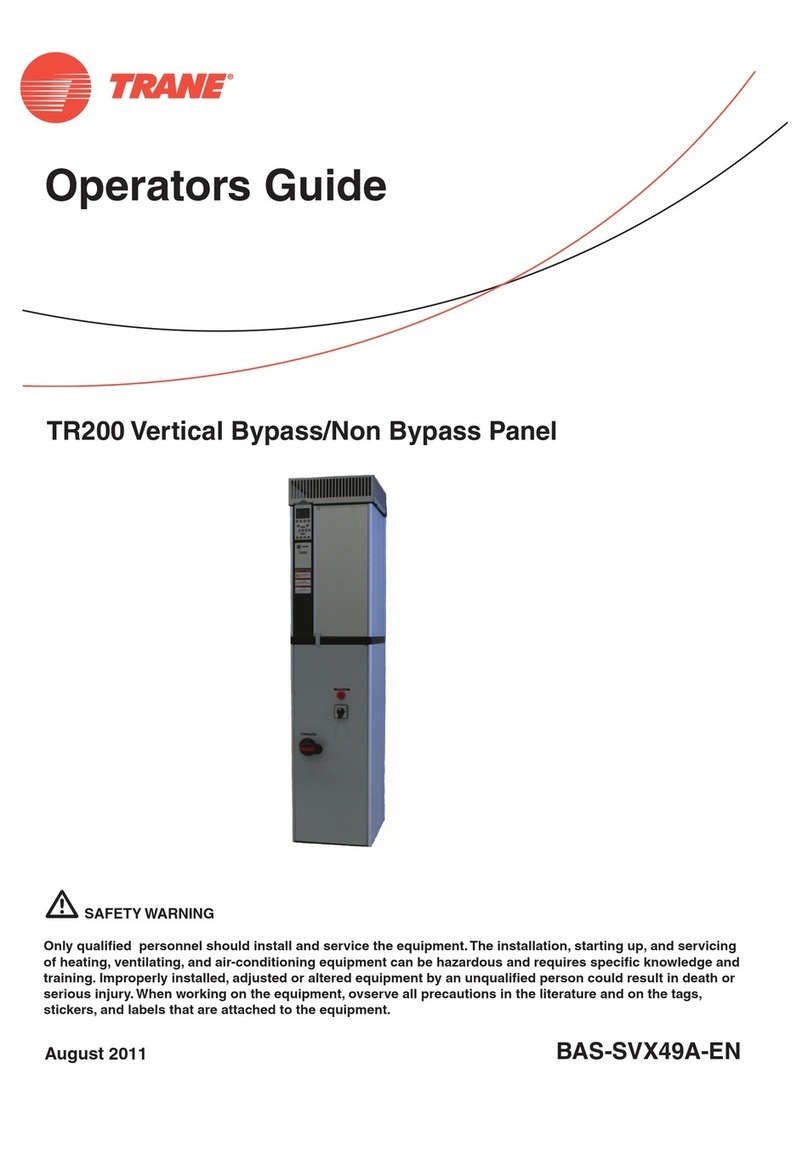
Trane
Trane TR200 Series Manual
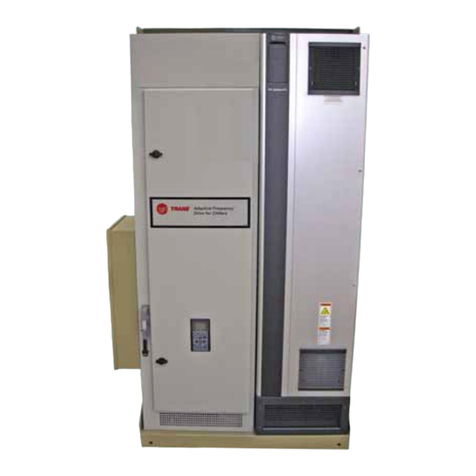
Trane
Trane CVHE User manual
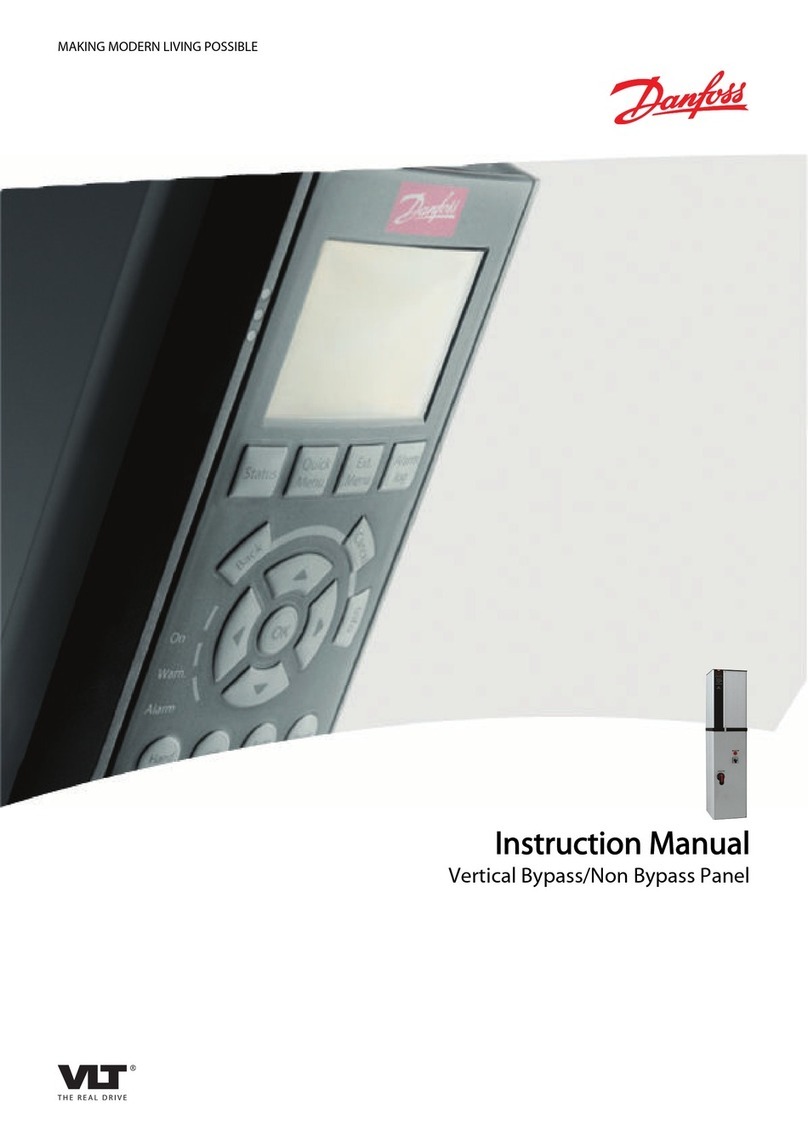
Trane
Trane VLT AQUA Drive FC 202 VLT AutomationDrive FC... User manual
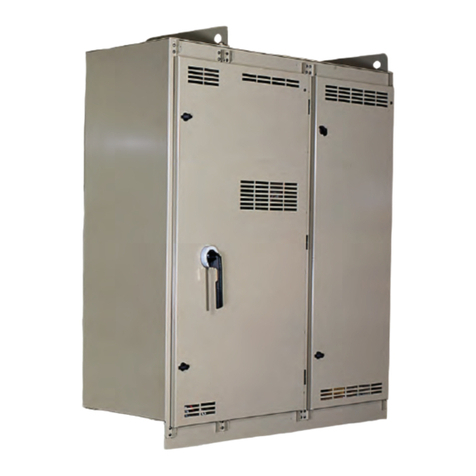
Trane
Trane Liquid-Cooled Adaptive Frequency AFDE Installation and operating instructions
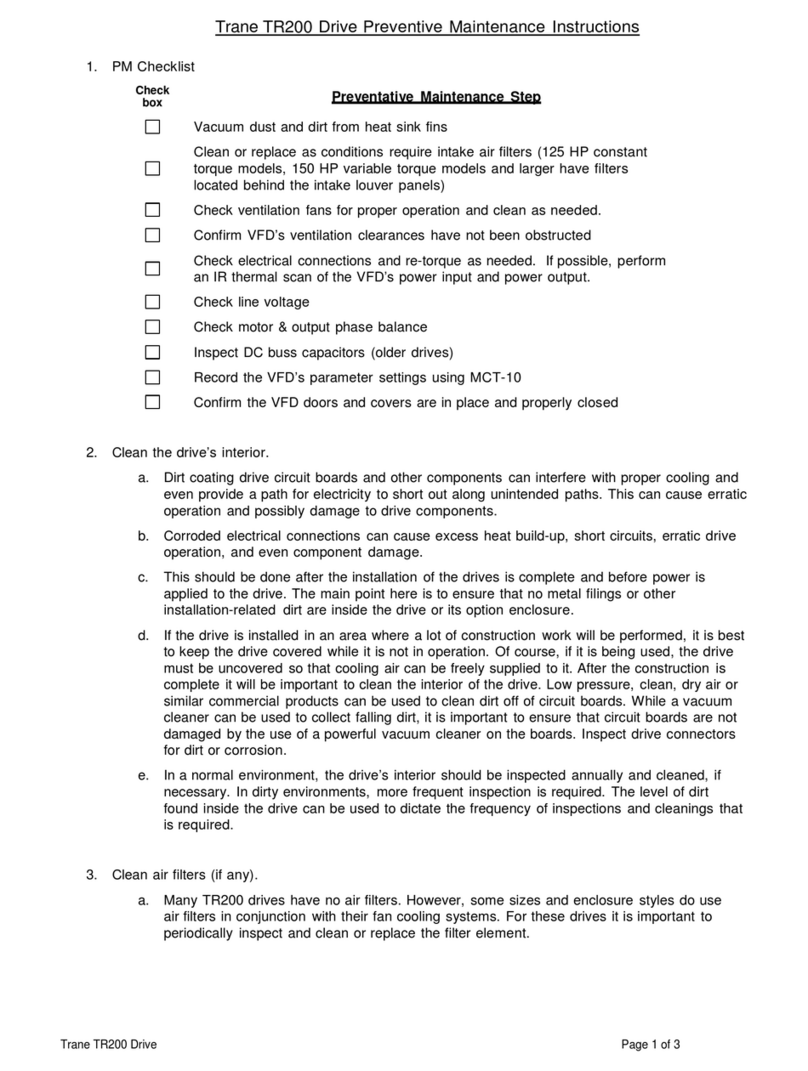
Trane
Trane TR200 Series Manual

Trane
Trane TR200 Series User manual
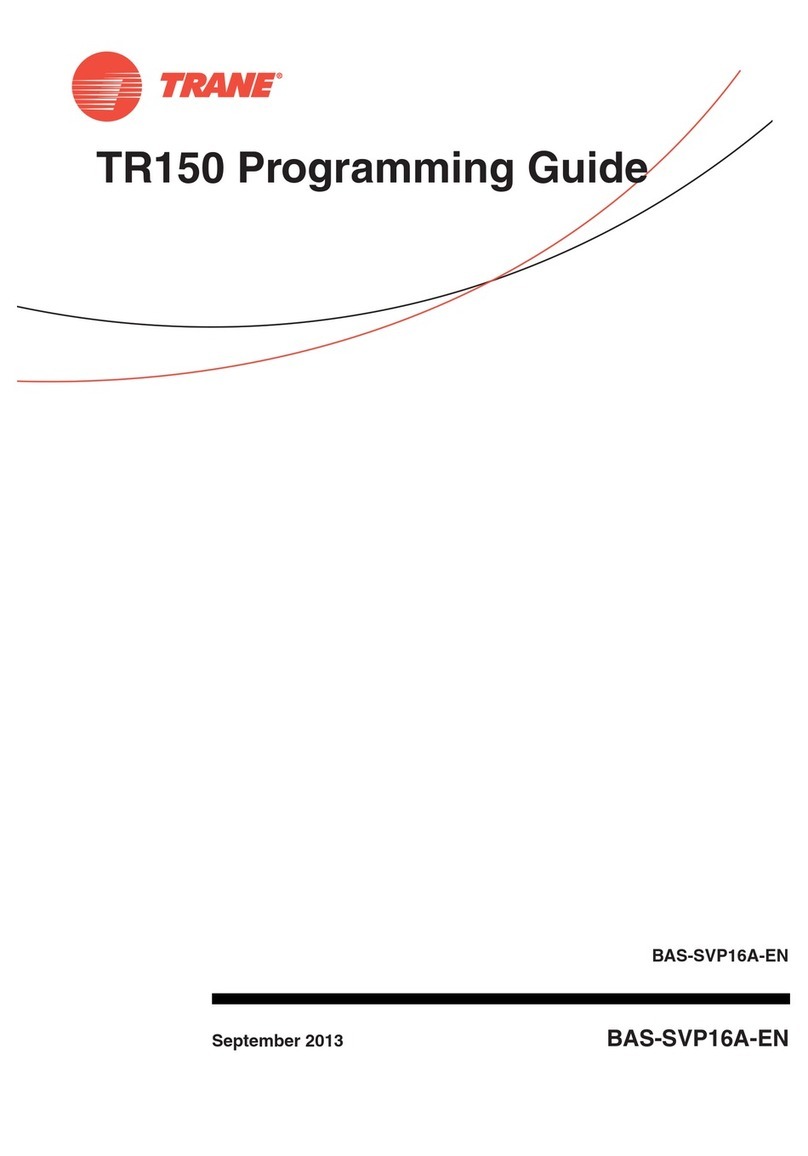
Trane
Trane TR150 Operating instructions

Trane
Trane TR200 Series Manual

Trane
Trane TR200 Series User manual

Trane
Trane TR150 User manual
